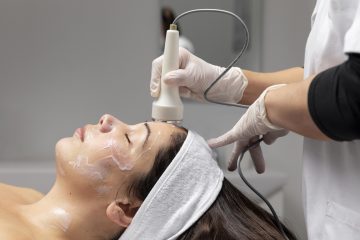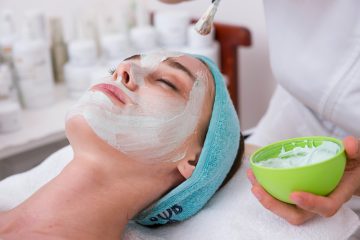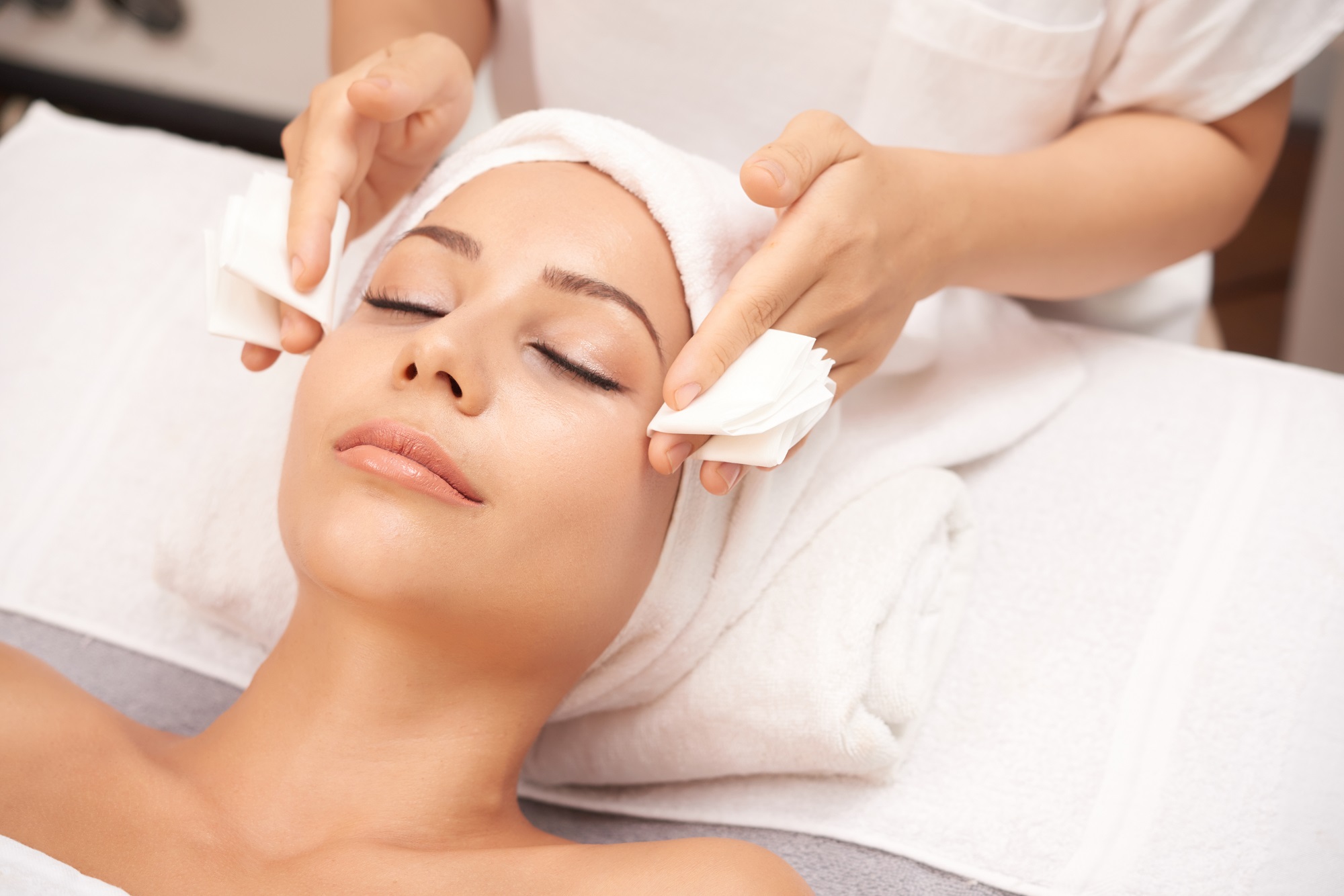Are you looking to rejuvenate your skin and achieve that radiant glow? With so many facial options available, it can be overwhelming to choose the right one. Enter the battle of the facials: Hydrafacial vs. Traditional Facials. In this article, we will delve into the world of facials and help you determine which treatment is perfect for your skin.
Understanding Traditional Facials
Traditional facials have been a staple in skincare for decades. These facials typically involve a series of steps tailored to address specific skin concerns. The process usually starts with a thorough cleansing of the face, followed by exfoliation to remove dead skin cells and promote cell turnover. Steam is often used to open up the pores, making it easier to extract blackheads and whiteheads. A mask is then applied, targeting specific skin concerns such as hydration, brightening, or acne control. Finally, the facial is completed with the application of moisturizer and sunscreen.
Traditional facials offer numerous benefits for the skin. They help improve blood circulation, stimulate collagen production, and promote a healthy, glowing complexion. These facials can be customized to address a wide range of skin concerns, including acne, dryness, hyperpigmentation, and signs of aging. Additionally, traditional facials provide a relaxing and pampering experience, allowing you to unwind and rejuvenate both your skin and mind.
What is a Hydrafacial?

Hydrafacial is a revolutionary facial treatment that has taken the skincare industry by storm. This non-invasive procedure combines the benefits of hydradermabrasion, chemical peel, extractions, and infusion of antioxidants and hyaluronic acid into one comprehensive treatment. The Hydrafacial machine uses a unique vortex technology to cleanse, exfoliate, extract impurities, and deliver nourishing serums to the skin.
Advantages of Hydrafacial treatments are aplenty. Firstly, the treatment is suitable for all skin types, making it accessible to a wide range of individuals. Hydrafacial can effectively address various skin concerns, such as fine lines and wrinkles, hyperpigmentation, oily and congested skin, and enlarged pores. The procedure is painless, requires no downtime, and delivers instant results. Hydrafacial also improves skin texture, tone, and elasticity, leaving your skin looking and feeling refreshed, rejuvenated, and radiant.
Differences between Traditional Facials and Hydrafacial
While both traditional facials and Hydrafacial aim to improve the condition of your skin, there are key differences in their approaches and outcomes. Traditional facials often involve manual extractions, which can sometimes cause discomfort and redness. In contrast, Hydrafacial uses a gentle suction to extract impurities from the skin, minimizing any potential discomfort. Additionally, Hydrafacial’s vortex technology ensures deep cleansing and exfoliation without causing damage to the skin.
Another difference lies in the level of customization. Traditional facials can be tailored to address specific concerns, but Hydrafacial takes personalization to a whole new level. The treatment can be adjusted based on your unique skincare needs, allowing for a more targeted and effective approach. Moreover, Hydrafacial combines multiple steps into one treatment session, saving you time and effort compared to traditional facials that require separate procedures.
Factors to Consider When Choosing Between the Two

When deciding between traditional facials and Hydrafacial, there are several factors to consider. Firstly, assess your skin type and concerns. If you have sensitive skin or are prone to redness and irritation, the gentle and non-invasive nature of Hydrafacial might be more suitable for you. On the other hand, if you have specific concerns that require specialized treatments, traditional facials can offer a more targeted approach.
Budget is another important consideration. Traditional facials can vary in price depending on the spa or salon you visit and the specific treatments you choose. Hydrafacial tends to be pricier due to its advanced technology and multiple benefits. However, it’s important to remember that skincare is an investment, and choosing the right treatment for your skin can yield long-term results.
Lastly, consider your lifestyle and time constraints. Traditional facials often require multiple sessions to achieve desired results, whereas Hydrafacial can provide immediate improvement in just one session. If you have a busy schedule and need quick results, Hydrafacial might be the better option for you.
Which Facial Treatment is Right for You?
Ultimately, the choice between traditional facials and Hydrafacial depends on your individual needs and preferences. If you enjoy a pampering experience and have specific skincare concerns that require targeted treatments, traditional facials can provide a customized approach. On the other hand, if you seek convenience, immediate results, and a gentle yet effective treatment, Hydrafacial might be the perfect match for you.
It’s important to consult with a skincare professional or esthetician who can assess your skin and recommend the most suitable treatment. They will be able to evaluate your skin type, concerns, and goals to help you make an informed decision.
Cost Comparison of Traditional Facials and Hydrafacial
When it comes to cost, traditional facials can range from affordable to luxurious, depending on the spa or salon you choose and the specific treatments you opt for. On average, a basic traditional facial can cost anywhere from $50 to $150 per session. However, specialized facials or those incorporating additional treatments can exceed $200 or more.
Hydrafacial, being a more advanced and comprehensive treatment, tends to be pricier. On average, a single session of Hydrafacial can cost between $150 and $300. The price may vary depending on factors such as location, reputation of the esthetician, and additional treatments or enhancements included in the package.
It’s important to note that the cost of skincare treatments should be viewed as an investment in your overall well-being. Consider the long-term benefits, immediate results, and the expertise of the esthetician when assessing the value of the treatment.
Conclusion
Choosing between Hydrafacial and traditional facials can be a tough decision, considering the multitude of options available. To determine the right facial treatment for you, it’s crucial to assess your skin type, concerns, budget, lifestyle, and desired outcomes. Consulting with a skincare professional can provide valuable insights and guidance tailored to your specific needs.
Remember, both Hydrafacial and traditional facials offer unique benefits and can significantly improve the condition of your skin. Whether you prefer the pampering and customization of traditional facials or the convenience and immediate results of Hydrafacial, investing in a regular skincare routine is essential for maintaining a healthy, radiant complexion.
In the end, the battle between Hydrafacial and traditional facials shouldn’t be seen as a competition, but rather a journey to discover the best treatment for your unique skin. So, embrace the battle, explore your options, and let your skin be the ultimate judge of what works best for you.
